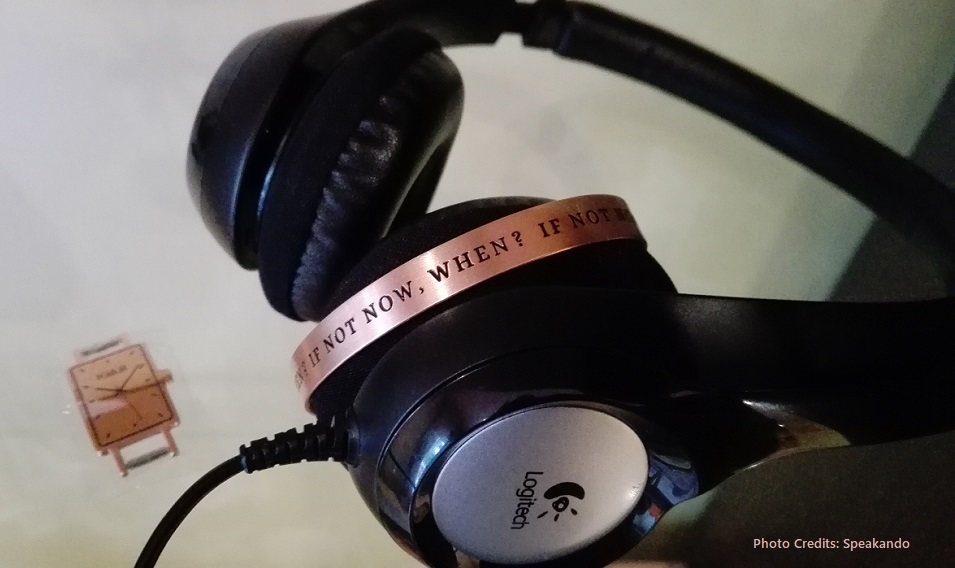1. Recording oneself is the best practice for self-evaluation.
2. Listening and understanding comes first. Only interpret once you have got the meaning.
3. Interpret meaning, not single words. Don’t panic if a word doesn’t have a single specific equivalent in another language.
Interpreters are in some ways like musicians, because they need long hours of practice before they can perform. While practicing, a good method for improving is recording oneself, because that is how an interpreter can spot issues like a lot of false starts, etc.
This way, the interpreter will avoid acquiring bad habits that hinder the flow of communication. The best interpreters are indeed those who sound natural, as if they were delivering the speech in the first place.
Training Exercises for interpreters:
There are three simple exercises that an interpreter can do to train their ability to analyze a text. Sometimes we hear a speech as a continuous flow of words, so it is very important to be able to segment it and analyze it, especially for consecutive interpreting.
First exercise: reading the headlines of a newspaper and researching background information about the topic presented in the headlines.
Second exercise: having another person to remove the line gaps between the paragraphs of a newspaper article, then trying to divide the article again into paragraphs.
Third exercise: trying to draw a mindmap of an article.
For professional training, have a look at MiTio.






